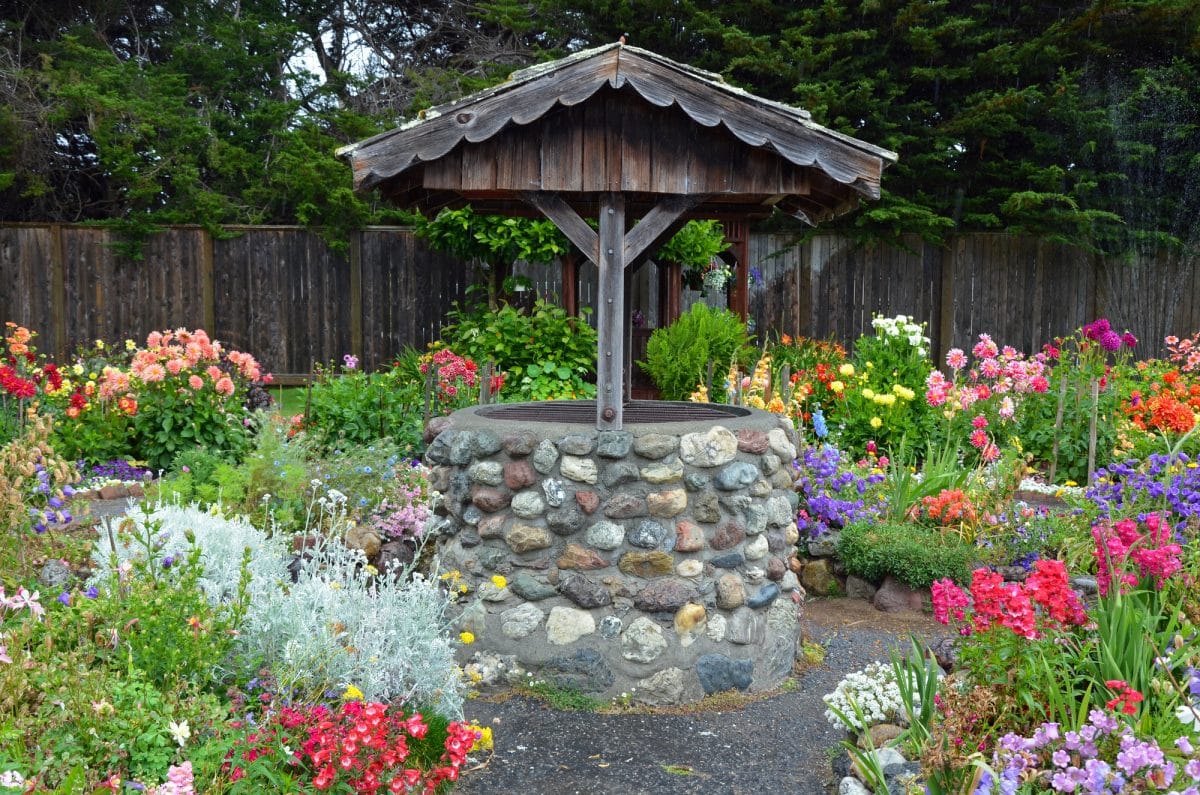The Power of Visualization: How Mental Imagery Can Promote Relaxation and Reduce Stress
If you’re struggling with stress and anxiety, you might be looking for ways to find some relief.
One technique that has gained popularity in recent years is visualization, also known as guided imagery or mental imagery.

But what exactly is visualization, and how does it work to promote relaxation and stress reduction?
In this post, we’ll delve into the science behind visualization and provide some tips on how you can use this powerful technique to find some much-needed relaxation and stress relief.
Table of Contents
What is Visualization?
At its core, visualization is a form of mental imagery in which an individual focuses their thoughts on creating a clear and vivid image or series of images in their mind.
This can be anything from a peaceful beach scene to a mountain lake or even a specific goal or outcome that you desire.
The idea is to use this mental imagery as a way to relax and calm the mind, much like how focusing on a calming mantra or repeating a positive phrase can help to quiet the inner chatter that often contributes to stress and anxiety.
But visualization isn’t just about picturing something nice in your head and hoping for the best. There’s actually some science behind the effectiveness of this technique.
Research has shown that visualization activates the same areas of the brain as when we’re actually experiencing something in real life.
This means that when we visualize a peaceful beach scene, for example, our brain is essentially tricking itself into believing that we’re actually there, resulting in real physical and emotional changes in the body.
How Visualization Promotes Relaxation and Reduces Stress
So how exactly does visualization work to promote relaxation and reduce stress? Here are a few key ways:
- It helps to distract the mind from negative thoughts and worries. When we’re stressed or anxious, our thoughts can often become consumed by negative or worrying thoughts. Visualization can be a powerful tool to redirect our thoughts away from these negative thought patterns and towards something more calming and positive.
- It can help to reduce muscle tension and physical symptoms of stress. The physical effects of stress, such as muscle tension and headaches, can be just as debilitating as the emotional ones. By visualizing the body relaxing and releasing the tension, it’s possible to physically relax the muscles and reduce these physical symptoms of stress.
- It can help to lower heart rate and blood pressure. Research has shown that visualization can have a calming effect on the body, including the cardiovascular system. Visualizing a peaceful scene or scenario can lower heart rate and blood pressure, leading to a greater sense of relaxation and stress relief.
- It can help to boost mood and promote a sense of well-being. Visualization isn’t just about finding a temporary escape from stress and anxiety. By focusing on positive outcomes or scenarios, it’s possible to improve overall mood and sense of well-being. This, in turn, can help reduce stress and anxiety’s impact on our daily lives.
How to Practice Visualization for Relaxation and Stress Reduction
Now that we’ve explored the benefits of visualization, you might be wondering how you can start incorporating this technique into your stress-management routine. Here are a few steps to get you started:
- Find a comfortable, quiet place to sit or lie down. This could be a dedicated meditation space, a cozy corner of your living room, or even a quiet backyard spot. The important thing is to create a space where you can relax and let go of distractions.
- Close your eyes and take a few deep breaths. Before you start visualizing, getting yourself into a state of relaxation is important. Take a few deep breaths, focusing on the sensation of the air moving in and out of your body. As you exhale, imagine any stress or tension flowing out of your body.
- Imagine a peaceful scene or place. This could be a beach, a mountain lake, a lush forest, or any other place that brings you a sense of peace and calm. Imagine the sights, sounds, and feelings of this scene in as much detail as possible. What do you see? What do you hear? How does the air feel on your skin? How do you feel in this place?
- If your mind wanders, gently bring it back to the visualization. It’s natural for the mind to wander, especially if you’re new to visualization. If this happens, don’t get discouraged. Acknowledge the thoughts and then bring your focus back to the visualization.
- Spend at least a few minutes each day practicing visualization. It’s important to set aside dedicated time for visualization in order to get the most benefit from the technique. Start with a few minutes each day and gradually increase the time as you become more comfortable with the practice.
Tips for Making Visualization More Effective
While visualization can be a powerful tool for relaxation and stress reduction, it’s important to keep a few things in mind in order to get the most benefit from the technique:
- Use all of your senses. The more vividly you can imagine the scene or scenario, the more effective visualization will be. So don’t just focus on what you see, but also think about what you hear, smell, taste, and touch.
- Practice regularly. The more you practice visualization, the more skilled you’ll become at creating clear and vivid mental images. This, in turn, will make the technique more effective for relaxation and stress reduction.
- Be specific and positive. Try to be as specific as possible when visualizing a peaceful scene or scenario. This will help to create a more vivid and believable image in your mind. Additionally, focus on positive outcomes and scenarios rather than negative ones. This will help to boost your mood and overall sense of well-being.
- Use visualization as part of a larger stress-management plan. While visualization can be a powerful tool for relaxation and stress reduction, it’s important to use it in conjunction with other stress-management techniques, such as exercise, healthy eating, and getting enough sleep.
Visualization is a simple yet effective way to promote relaxation and reduce stress.
By focusing on a clear and vivid mental image or scenario, it’s possible to calm the mind and body and improve overall well-being.
With regular practice, visualization can become a powerful addition to any stress-management plan. So the next time you’re feeling overwhelmed, try taking a few minutes to visualize a peaceful scene and see how it can help to bring some much-needed relaxation and stress relief into your life.






